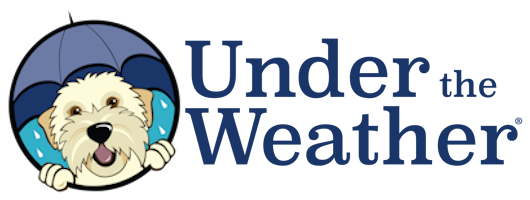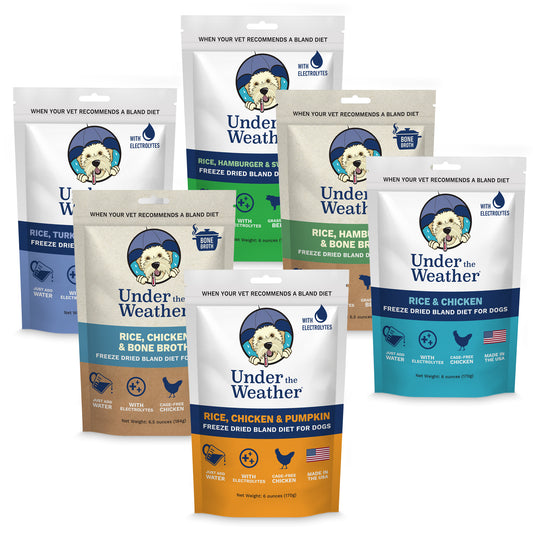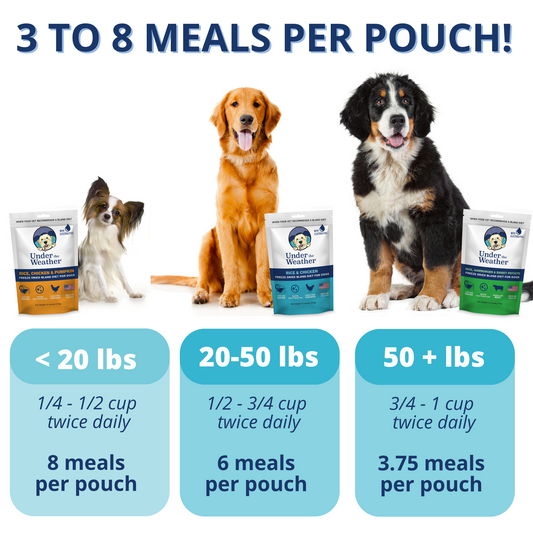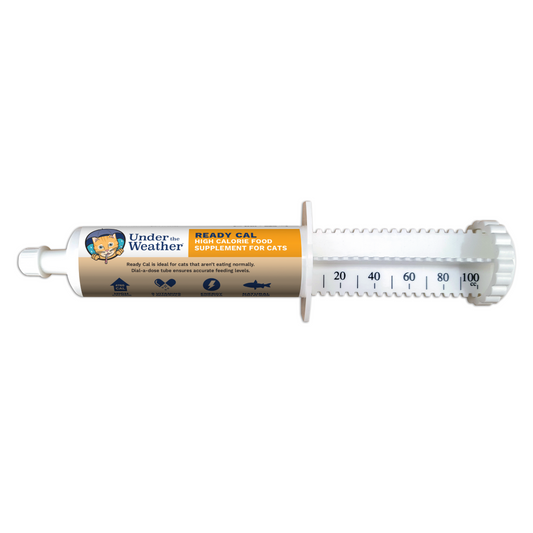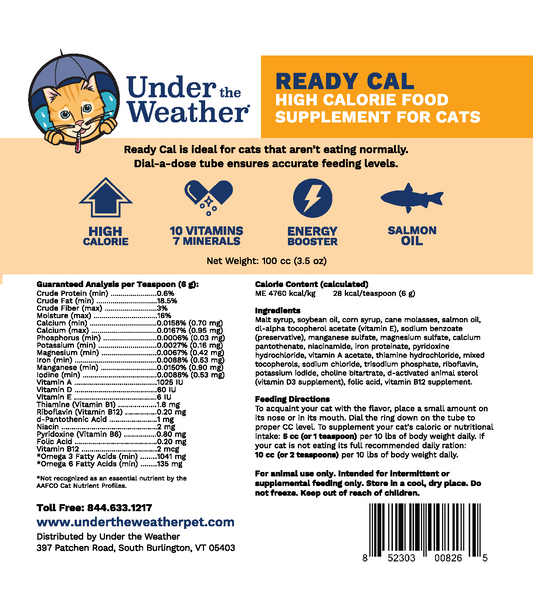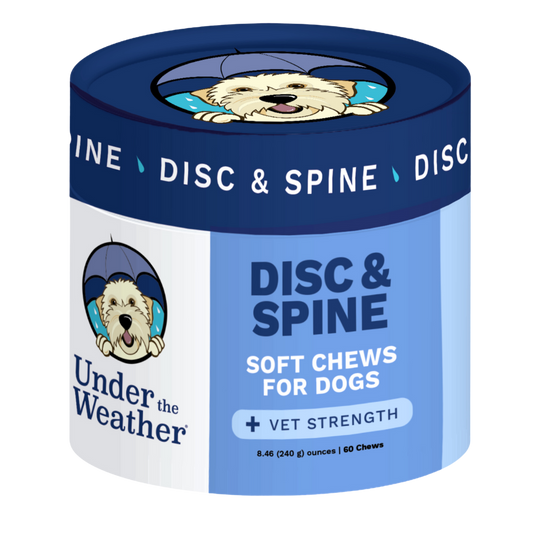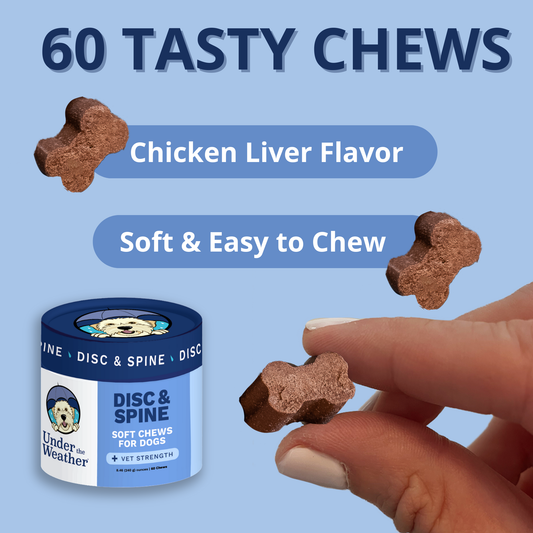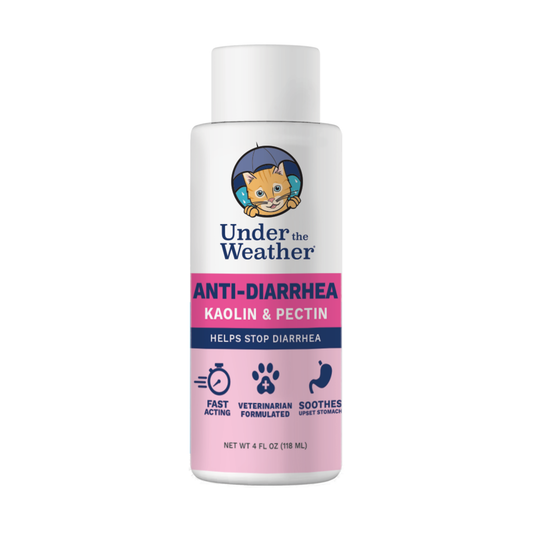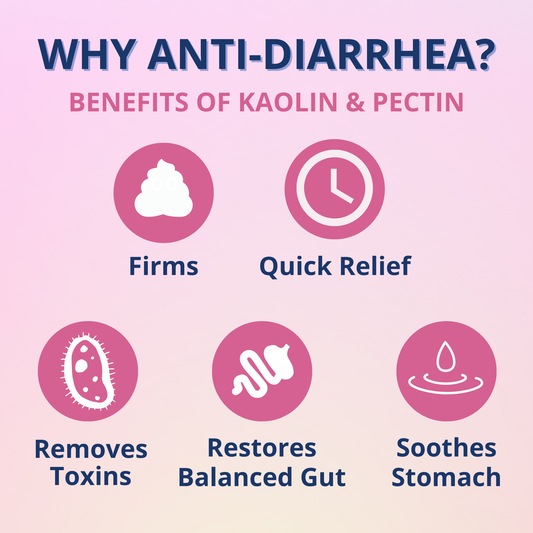Our dogs love to be treated like royalty. So much so that we like to give them treats, albeit all the time. Extra treats here, an extra scoop of food there. How can we resist those “begging eyes” from your dog?
Here’s the thing: we might spoil our dog to the point where it might end up adding up physically. Unfortunately, it won’t be a pretty sight seeing your dog putting on unnecessary weight. In fact, we might be putting them at risk for health issues that can take a while to reverse. If a fat dog is something you’re dealing with, we’re here to help.
The first thing to remember is not to feel guilty. It’s understandable that our dogs deserve to be spoiled. But there might be other ways without risking their health. However, let’s stay on point throughout the guide and show you how to help them get back to a healthy weight. Here’s what to know.
How to Know If Your Dog Is Overweight?
Your dog may be overweight, but there may be subtle signs. It could be that they have long hair or they are typically round-bodied. So it may be a good idea to spot out the signs of an overweight dog, even if they don’t appear so obvious. Let’s take a look at the following signs:
- The ribs may be difficult to feel without pressing through a layer of fat
- The belly is round or sagging when viewed from the side
- The waistline is not visible when viewed from above
- Labored breathing after a mild exercise session
- Low energy or hesitation during play time or walks
If you are unsure of whether or not you have a fat dog, a veterinarian will perform a body condition score (BCS). This evaluates fat levels in dogs. Think of it like measuring body mass index (BMI) in humans. Small weight gains can affect your dogs adversely. This can include issues with their joints, heart, and their overall quality of life.
As such, it is important to make sure you put them on a plan to slim down as soon as possible. When followed regularly and consistently, your dog can shed off the pounds. They will feel better, move better, and they can live longer.
“More To Love” Isn’t A Good As You Think
When your dog gains a few pounds, it may seem like no big deal. Some may even say that there’s “more to love”. However, those three words are a misnomer when it comes to your dog’s overall health. Canine obesity can trigger serious consequences. Fat dogs will be at higher risk for these health conditions:
- Joint problems (arthritis, limited mobility, etc.)
- Diabetes
- Decreased mobility and stamina
- Digestive issues
- Shorter lifespan
Knowing this, you can make the necessary plans to help them lose weight and avoid these health conditions altogether. Even 10 percent of weight loss can mean significant improvements in the quality of life of your dog. The sooner you start with these small, consistent changes, the better. Your dog will thank you, and you will thank yourself years later.
What to Do If Your Dog Is Overweight?
At this point, you may have already noticed that your dog might be overweight. Likewise, your vet may also confirm this during a routine appointment. Either way, you’re going to take these steps:
Step 1: Consult with Your Vet
Before any weight loss plan begins, a vet consultation will be your best starting point. Here, your vet will rule out any potential medical issues like metabolic disorders or hyperthyroidism. They will also determine your dog’s ideal weight based on their body size, breed, etc. In addition, they will give you a recommended caloric intake that will be safe with your dog, along with guidance on exercise based on their health and age.
This can be a challenge for senior dogs because of any potential mobility issues related to age. This can also apply to dogs who haven’t exercised in a long time. Regardless, a vet will be able to put together an exact routine that will be a fit for their current health situation and critical needs.
Step 2: Measure Their Meals; Don’t Guesstimate
Helping a fat dog lose weight begins with measuring their food. Guesstimation is not an acceptable thing to do because you risk adding more portions unintentionally. Thus, use a standard measuring cup or a digital scale for more accurate measurements. Abide by the calorie recommendations of your vet’s recommendations and avoid referring to what the food package says.
Divide daily portions into two to three meals. It will also be critical to make sure you refrain from feeding your dog human food or high-calorie table scraps as it will defeat the entire purpose of your dog’s weight loss plan.
Ideally, you’ll want to choose dog food that will be excellent for your dog’s dietary needs. At Under The Weather, we offer healthier dog food options compared to what you see in stores. Best of all, we make sure that your dog gets the essential nutrients they need, not only to lose weight but also to get back to a healthier lifestyle.
Step 3: Rethink Giving Treats
We’re not saying stop giving them treats altogether. Instead, you’ll want to be smart on how and when to give them treats. During the slim-down process, it’s important to know what to give them and when. Here are some things that we suggest:
- Only give them treats in smaller pieces (if they are originally larger)
- Instead of high-fat biscuits, give them green beans, baby carrots, or other fruits and veggies that are actually safe for dogs. If you’re planning on giving them apple slices, make sure there are no seeds on them.
- Limit their treats to 10 percent or less of their recommended caloric intake.
- Consider low-calorie training treats. Keep the reward factor going when they’ve done a good job.
While limiting the amount of treats you give them is one thing, giving them extra play and praise is even better. Don’t reduce the amount of tender love and care you give them. It’s worth more than just what they eat on a regular basis.
Step 4: Get Them in Motion at Their Own Pace
When it comes to getting them moving, doing so at their own pace will be more important. No need for marathon runs or long-term one-hour exercise sessions. Start slow and build up over time. With this in mind, it’s important to consider the following ideas:
- Start off with short walks and increase them over time
- If it’s raining outside, there’s nothing wrong with tug-of-war or even indoor fetch. Make sure the area you do it in is open and has no obstacles standing in the way
- Mentally stimulating activities like puzzle toys can also be great.
- Scent games or even classic hide-and-seek will be great for encouraging movement in your dog
- Take your dog on a gentle swim. This will be an excellent exercise for dogs who deal with joint pain
Please be on the lookout for signs of fatigue or discomfort. In addition, be extra vigilant for such signs if you have a dog that is very overweight or older in age. Low-impact movement for at least 5 minutes a few times a day will work to their advantage.
Step 5: Track Progress and Stay Consistent
Needless to say, it will take time and consistent effort for your dog to lose weight. With every small victory, you can celebrate with your dog. Yet, the work still needs to continue until your dog reaches the ideal weight target. In the meantime, here are some helpful tools to consider:
- Keep a weight journal handy. Alternatively, consider a pet health app
- Weigh your dog on a monthly basis using a scale to see how closer they are to their goal weight.
- Take photos every few weeks to track any visible changes
- Stick to the meal time and walk schedules consistently
You will notice many improvements if done correctly. This includes an increase in energy, easier movements, improved mood, and even an improvement in their coat conditions. Yes, some of the improvements are a bit subtle like how their coat looks. Nevertheless, it’s always a good idea to keep track of their regular progress.
As for the timing of it, don’t worry about how long it will take. Track the progress continuously and be on the lookout for when they have reached their target weight.
Final Thoughts
While weight loss for dogs can be a challenge, it’s never impossible. The idea here is to make sure they follow a consistent diet and exercise plan. Such weight issues can arise regardless of what stage of life they’re in. But it never hurts to get them started on a plan as soon as possible. It starts with consulting with your vet to put together a way to get them to lose weight.
If you are looking at food options for dietary changes, Under The Weather is always a good option. We have different types of food that will help support those dietary needs during a period where losing weight is absolutely important. See what’s available for your dog today.
